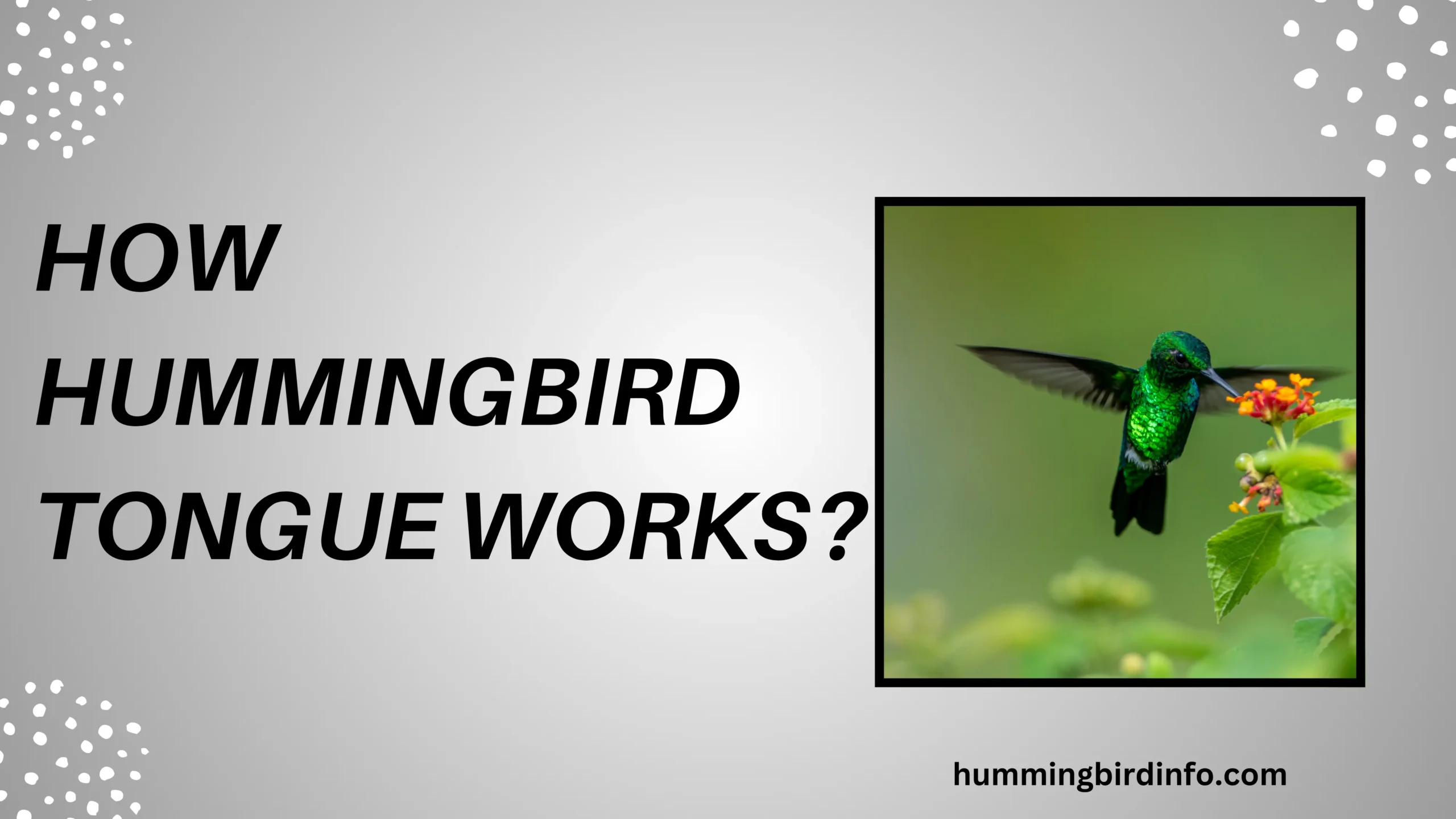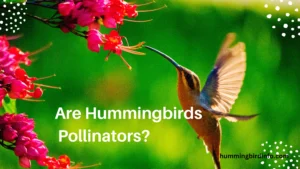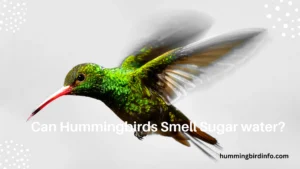Nectar is life for a hummingbird. These tiny, high-energy birds burn through calories at lightning speed, needing near-constant refueling from sugar-rich floral nectar.
But their connection to flowers goes beyond diet—hummingbirds are vital pollinators, transferring pollen from bloom to bloom as they sip. What powers this beautiful exchange?
A tool so uniquely suited for the job, it has taken scientists years to fully understand it: the hummingbird’s tongue.
For decades, researchers believed this tongue worked like a straw, relying solely on capillary action to draw in nectar. The idea was that nectar simply climbed up narrow grooves, like water creeping up a paper towel.
But that assumption, elegant as it seemed, couldn’t explain the speed and efficiency with which hummingbirds feed. Recent discoveries have completely upended that theory, revealing a sophisticated mechanical system involving elastic expansion, rapid lapping, and microscopic structures that trap nectar in an astonishing way.
This post takes you deep into the world of hummingbird feeding—from the microstructure of their tongue to the cutting-edge tech used to study it.
We’ll explore how evolution crafted such a finely tuned feeding system, how it compares with other nectar feeders, and how it could even inspire future bioengineered devices. Ready to uncover the mystery behind one of nature’s most delicate marvels? Let’s begin.
Contents
- 1 Tongue Anatomy – More Than Just a Straw
- 2 The Mechanics of Nectar Extraction – Lapping and Pumping
- 3 The Hyoid Apparatus – Powering the Tongue
- 4 Evolution and Co-evolution – A Perfect Fit
- 5 Modern Research and Technology – Unlocking the Secrets
- 6 Comparisons and Bio-inspiration – Lessons from Nature
- 7 Conclusion:
- 8 FAQs
Tongue Anatomy – More Than Just a Straw
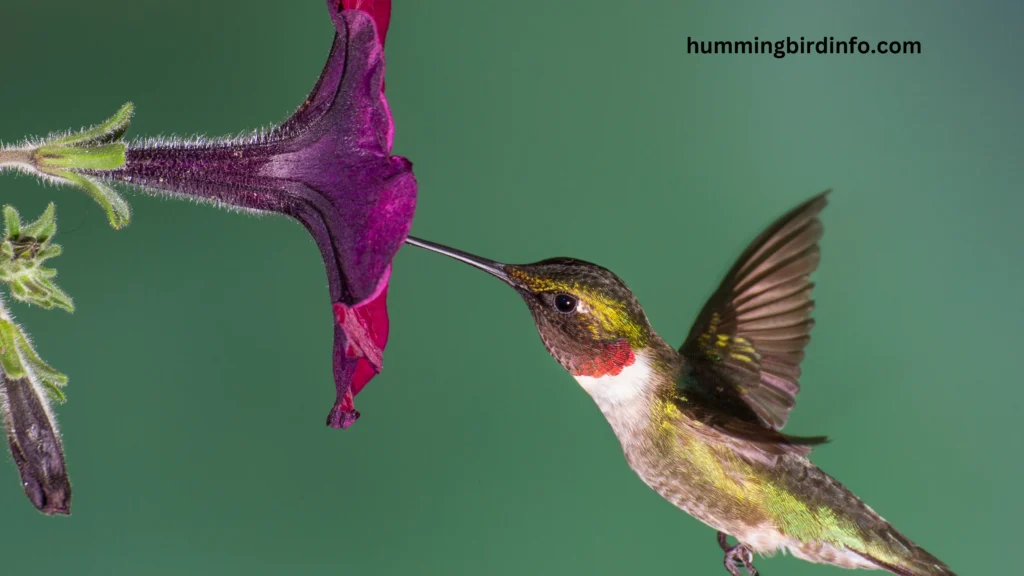
The hummingbird tongue is long, slender, and forked at the tip. It can extend far beyond the beak, reaching deep into flowers. This forked structure splits into two tines that can move independently, allowing it to conform to different flower shapes.
At the heart of its function are lamellae—tiny, hair-like structures lining the edges of the forked tip. These act like a nectar trap, snapping shut around liquid with each lick. The tongue’s grooves—channels running along its length—guide nectar inward as the bird feeds.
The tongue’s core contains muscles that control its rapid motion. Supported by the hyoid apparatus, it flicks in and out at speeds of up to 20 times per second. Despite its flexibility, the tongue is strong and efficient, moving in sync with the bird’s rapid metabolism.
Under a microscope, the tongue reveals even more: specialized cells, intricate tissue patterns, and fine elastic materials. This structure doesn’t just deliver nectar—it maximizes efficiency, turning a split-second dip into a full mouthful of energy.
The combined structure of forked tips, grooves, lamellae, and internal muscles makes the tongue a highly specialized tool, perfectly adapted for a liquid diet in a competitive world of blossoms.
The Mechanics of Nectar Extraction – Lapping and Pumping
For years, scientists thought hummingbirds fed through capillary action, the same way water rises in a thin straw. But this theory failed to explain how hummingbirds could feed so quickly—sometimes filling up in seconds.
The real answer came from high-speed cameras, which captured the tongue’s motion in astonishing detail. These videos showed that hummingbirds don’t just sip—they lap, and they do it fast. Each lick includes a complex sequence of extension, expansion, closure, and retraction.
When the tongue enters nectar, its forked tips spread open. As it pulls back, the tips snap shut, trapping nectar inside. This lapping action isn’t passive—the tongue acts like a micropump, actively pulling in liquid.
The secret lies in elastic expansion. As the tongue flicks forward, it stores elastic energy. Upon contact with nectar, that energy is released, drawing nectar into the grooves and through the lamellae.
This pumping mechanism works with fluid dynamics, channeling nectar into the mouth in a rapid-fire rhythm. It’s a fusion of biology and physics, where tongue motion, pressure changes, and structural design combine for one purpose: to fuel a hummingbird’s flight.
The Hyoid Apparatus – Powering the Tongue
Behind the magic of the tongue lies a hidden hero: the hyoid apparatus. This system of bones, muscles, and cartilage wraps around the skull, controlling tongue extension and retraction.
The hyoid allows the tongue to extend twice the length of the beak, reaching the deepest floral wells. Muscles contract and release with perfect timing and coordination, allowing for fluid motion.
This system works like a built-in spring mechanism, giving the tongue its precision and speed. With each flick, the hyoid powers a fluid sweep through the air and into nectar.
Unique to birds like hummingbirds, the hyoid represents an evolutionary adaptation. Without it, their tongues would be far less effective—slower, shorter, and less flexible.
Its skeletal loop even wraps around the skull, adding leverage and support. This enables the tongue to act like a high-speed piston, efficient enough to keep up with a heart rate of over 1,200 beats per minute.
Evolution and Co-evolution – A Perfect Fit
The hummingbird tongue didn’t appear overnight—it’s a product of evolution. Over millions of years, birds with more efficient tongues survived better, fueling natural selection.
This evolution didn’t happen in isolation. Flowering plants and hummingbirds co-evolved, shaping each other’s development. Flowers developed shapes that encouraged specific pollinators, while birds adapted to reach their nectar.
The result? An elegant match between tongue and flower. Some species have long, curved beaks and tongues for trumpet-shaped flowers; others are short and straight for flatter blooms.
This co-evolution led to diversity among species. There are over 300 kinds of hummingbirds, each with subtle differences in tongue length, fork shape, and flexibility.
This diversity ensures that each hummingbird fits into its ecological niche, promoting biodiversity and stable ecosystems. It’s a perfect partnership—plants get pollinated, and birds get fed.
Modern Research and Technology – Unlocking the Secrets
The breakthroughs in understanding hummingbird tongues came with technology. High-speed videography allowed scientists to freeze time and watch the tongue in motion—frame by frame.
X-ray video and scanning electron microscopes provided insight into structure and motion, revealing hidden mechanisms at the microscopic level. The grooves, lamellae, and internal tissues came into full focus.
Researchers used computational modeling to simulate nectar flow, applying fluid dynamics to biological systems. This helped explain how such small tongues could move liquid so fast.
These discoveries required interdisciplinary collaboration—biologists, engineers, physicists, and computer scientists working together to decode nature’s design.
Each discovery deepened our appreciation for the hummingbird’s feeding tool. What once seemed simple is now seen as a masterclass in evolutionary engineering.
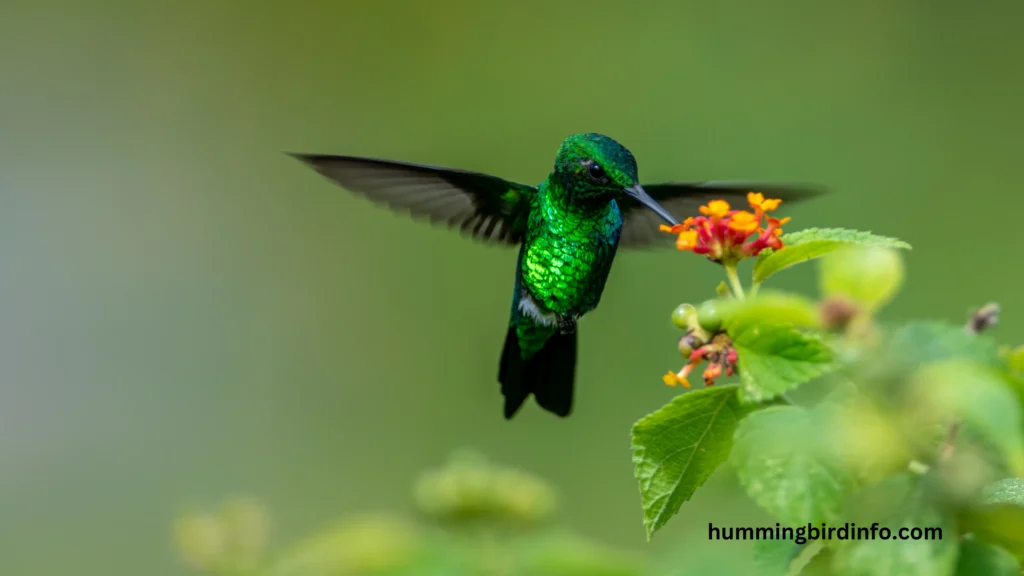
Comparisons and Bio-inspiration – Lessons from Nature
Other nectar feeders like bees, butterflies, honeyeaters, and nectar bats have their own tools. But none match the precision and efficiency of the hummingbird tongue.
Inspiration from this system has already influenced bioengineering. Microfluidic devices—tiny machines that move small amounts of liquid—can mimic this natural pump.
Potential applications include robotic sensors, medical tools, and even automated sampling devices. Engineers hope to replicate the lapping-pump mechanism in non-biological settings.
Nature has spent millions of years perfecting this tool. Now, humans are just starting to catch up.
Conclusion:
The hummingbird tongue is more than a feeding tool—it’s a biological masterpiece. From the forked tips and lamellae to the elastic pumping and high-speed lapping, every detail is engineered for efficiency.
Its motion is powered by the hyoid apparatus, controlled with millisecond timing. This system allows hummingbirds to meet their massive energy needs with elegance and speed.
The tongue’s design has shaped, and been shaped by, the flowers it visits. Their shared evolution tells a story of mutual benefit, guiding both biology and biodiversity.
Modern science has revealed these secrets with advanced tools and high-speed visuals. But even with all we know, the hummingbird tongue continues to amaze and inspire.
Tiny, intricate, and powerful—it’s a tool that proves big things come in small packages.
FAQs
1. How long is a hummingbird’s tongue?
A hummingbird’s tongue can extend up to twice the length of its beak, allowing it to reach deep into tubular flowers.
2. Do all hummingbirds have the same tongue?
No. Tongue structure varies by species, depending on the type of flowers they feed from and their geographic location.
3. What are lamellae and why are they important?
Lamellae are hair-like fringes at the tip of the tongue that trap nectar as the tongue retracts, making feeding more efficient.
4. How fast can a hummingbird move its tongue?
Hummingbirds can flick their tongues up to 20 times per second, allowing rapid nectar collection with each visit.
5. Does the tongue work like a straw?
No. Early theories assumed so, but recent research shows the tongue laps and pumps nectar using elastic expansion, not capillary action alone.
6. What role does the hyoid apparatus play?
The hyoid apparatus powers the tongue’s motion, enabling it to extend and retract rapidly with precision and force.

